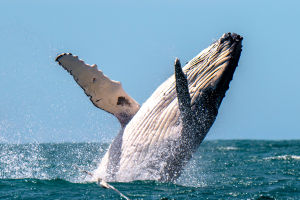Have you ever wondered how some animals manage to live for decades, sometimes even over a century? Among them, tortoises stand out with their famously slow pace and astonishing longevity.
But beyond the stereotype of "slow and steady," what really allows these creatures to live so long? Let's dig into the science and life of tortoises to uncover the secrets behind their enduring lives.
The Slow Life: Not Just About Moving Slowly
When people think of tortoises, they picture a slow-moving creature, but their slow pace is actually a key to their survival. A tortoise's metabolism—the rate at which it burns energy—is remarkably low. This means their bodies use energy very efficiently, reducing wear and tear on organs and tissues.
Scientists call this "metabolic rate," and it's a crucial factor influencing lifespan in many animals.
Lower metabolism = longer life is a simple but powerful rule. Tortoises burn their energy slowly and carefully, which means their cells experience less damage over time. This contrasts sharply with animals like mice or birds, which have high metabolisms and typically shorter lives.
Built for Longevity: Physical Adaptations
Tortoises are armored with tough shells that not only protect them from predators but also help conserve moisture and regulate temperature. This shell acts like a mobile home and shield, enabling tortoises to survive harsh environments and long dry spells.
Their tough, slow-moving nature reduces injury risks and stress, contributing to their extended lifespans.
Additionally, tortoises have sturdy bones and tissues that resist aging better than many other animals. Their cells are equipped with strong repair mechanisms, and they produce fewer harmful molecules called free radicals that cause aging. These physical features combined with their slow metabolism make tortoises natural longevity champions.
The Longevity Lesson: What Can We Learn?
There's more than just curiosity behind studying tortoise longevity. Experts in aging and health research look at tortoises to understand how slow metabolism and efficient energy use might translate into human health benefits.
While humans obviously can't—and shouldn't—slow their metabolism to tortoise levels, the principles offer inspiration for lifestyle choices.
One key takeaway is the importance of reducing stress and maintaining steady, sustainable energy use in our bodies. Diet, exercise, and stress management are ways we can align more with the tortoise's approach. Research shows that people with more balanced lifestyles often enjoy longer, healthier lives.
Not All Tortoises Are Alike
It's worth noting that not every tortoise lives the same length of time. Species like the Galápagos giant tortoise are known for their extraordinary longevity, sometimes living over 100 years, while smaller tortoise species may live shorter lives, though still impressively long compared to many other animals.
Environmental factors like habitat quality, diet, and human impact also influence tortoise lifespan. Protecting their natural environments is key to helping these incredible animals continue their slow, steady journey through time.
Next time you see a tortoise ambling along, remember it's not just slow—it's a living example of endurance, efficiency, and longevity. What habits do you think help you live your best, longest life? Maybe there's a tortoise lesson hidden in your own daily pace.
How might embracing a slower, more balanced lifestyle change your outlook and well-being? Take a moment to reflect—sometimes, the secret to a long life is simply to take it slow.


